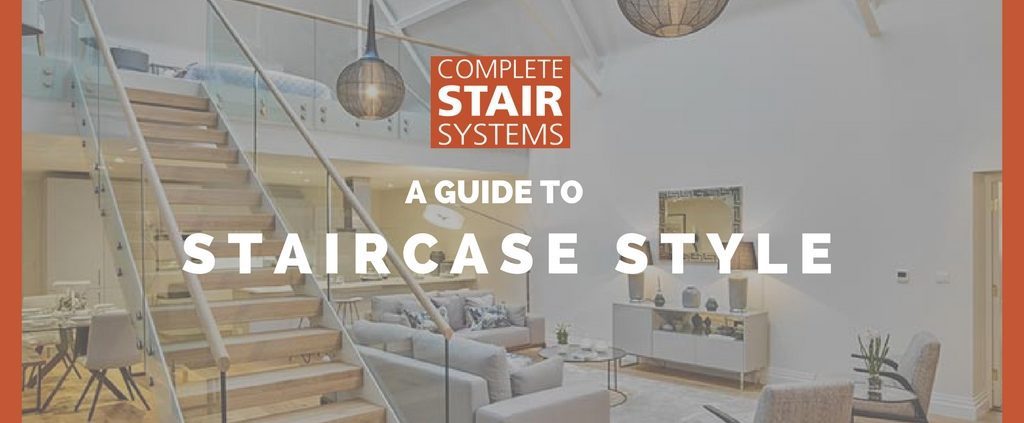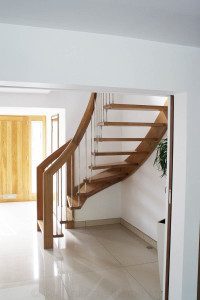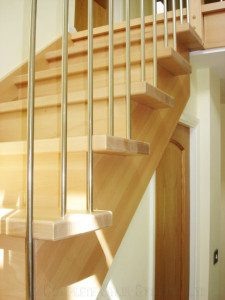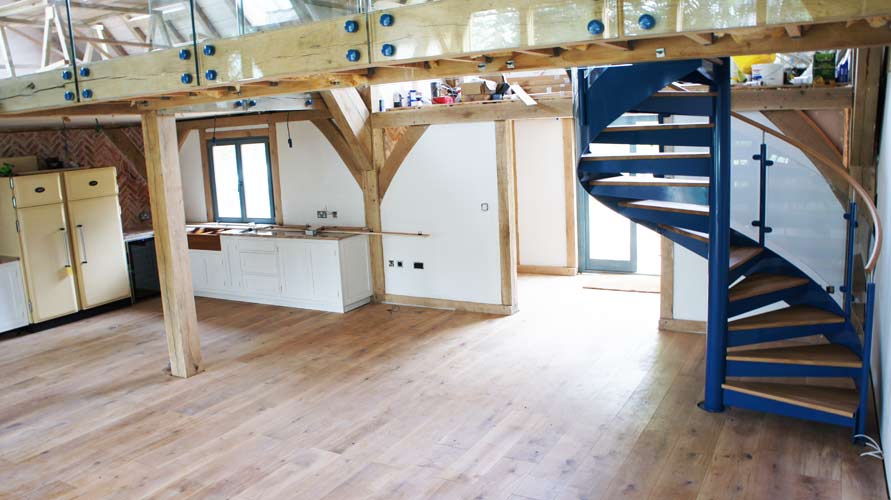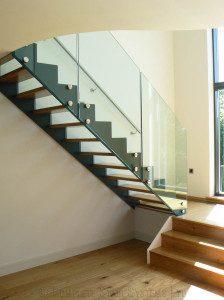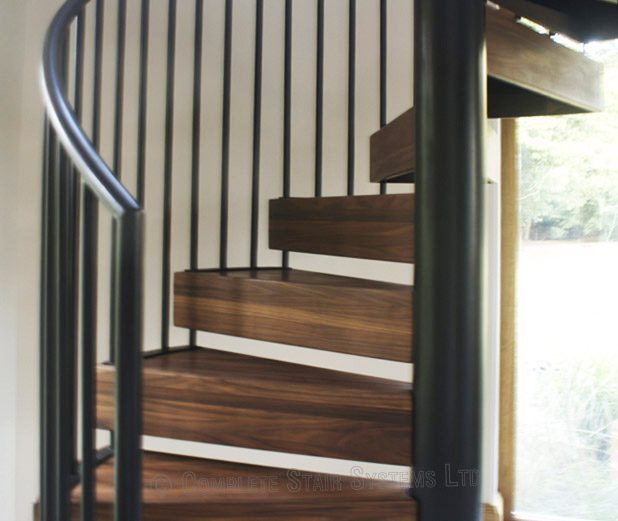Achieve Real Staircase Style In Your Home
A STYLISH ASCENT TO THE NEXT LEVEL
A staircase is often on immediate view when entering a property creating the perfect opportunity to create an impression in a design that compliments the house.
Staircase designs have really come in to their element over the last decade and are no longer viewed as just a way to get from one level to the next, but to enhance a property and create a wow factor.
Historically, carpet has been the number 1 choice flooring choice in the UK yet many new builds have solid timber or tiled flooring for a more modern look. A solid floor will also allow the inclusion of underfloor heating beneath to inject some warmth in lieu of carpet. Of course, a standard carpeted staircase would look out of place in this sleek environment so what stylish staircase options are there on the market? A simple google image / Pinterest / Houzz ‘modern staircase’ search will deliver a plethora of hits. Let’s look at the common themes of these modern stairs.
OPEN OR CLOSED RISERS
The passage of light is clearly very important and open risers (gaps between the steps) can transform the feel of a hallway. Keep in mind that for building regulations, the gap between the treads must not exceed 100mm. Many staircase firms offer clever solutions to this regulation by keeping the risers open whilst conforming with the requirements. Fully closed risers would be required should there be an under stairs WC or storage cupboard.
SHAPE
Conventionally, a staircase is formed in a straight flight, a quarter turn (1 x 90-degree turn) or a half turn (2 x 90 degree turns). The turns on a quarter and half turn flight can be formed with winding treads (triangular tapered steps) or square or rectangular platforms. In the right setting such as lining up with a large window, a platform can really enhance the stair but keep in mind they take up more space than winding treads.
There are also curved designs such as helical staircases which take the form of a continuous C shape. These are perhaps the grandest of all stair designs with stunning swooping twists and turns. They are also the most expensive configuration and generally take the most space. Spiral staircases centered around a central pillar are a common space saving solution in certain dwellings and can be very aesthetically pleasing in the right setting.
SUPPORTING STRUCTURE
Conventional staircases are formed with twin timber bearers (stringers) positioned either side of the steps. These follow the shape of the stair whilst offering support to the newels and balustrade structure. With the use of steel, thinner and less cumbersome support structures can be used to enhance the overall look of the flight. A staircase can have slimline steel stringers to either side or the steps can be supported by a steel spine running up the middle of the flight – both offering a light and open feel. There are folded steel staircases on the market which seem to defy physics by forming a zig zag structure without any support to the floor.
Fully cantilevered staircases are very popular (although pricey) where the entire staircase if formed with ‘floating’ treads. The steel tread plates are bolted into a steel beam which is fixed firmly to the wall. The wall beam is covered and hidden and the treads are clad – generally with timber for a seamless finish. There are however in the higher price bracket.
TREADS
On non-carpeted open stairways, hardwood treads are most popular. They can be supplied in various thickness, can be oiled /varnished or stained and can of course the timber can be selected to match the surrounding flooring. With the nice, solid and dependable feel timber evokes, it seems the common choice of tread for those wanting a modern stair without being too modern.
Chequer plate steel treads create a very industrial look which would be perhaps perfect in a warehouse conversion. Glass treads are obviously an ultra-modern approach but tend to be slightly frosted for privacy. Stone and marble are also used and often added onto a steel stair structure by a flooring company to keep things consistent.
HANDRAILS & BALUSTRADE INFILLS
The modern take on balustrade design has a heavy emphasis on the passage of light. Therefore, lots of glass and no bulky newel posts. The strength of steel structure supports under the stairs have enabled balustrade design to lose the conventional framed structure and appear much lighter. Glass panels are often bolted directly in the steps or the steel structure then topped with a handrail. Steel tubular or shaped spindles can be used in a powder coated or stainless-steel finish or the balustrade could be formed with a solid stud wall and painted. Horizontal rails running up the staircase diagonally look fantastic and artistic but beware their compliance with building regulations. Some councils view them as posing a climbing risk and will not permit them.
Handrails can be supplied in all shapes and sizes with timber, stainless steel and powder coated steel very popular. Some bespoke manufactures will be able to offer brass or leather handrails for an indulgent feel.
The range of modern staircases on the market is staggering and seems far removed from the standard carpeted MDF flight of yesteryear. Modern manufacturing techniques and materials have led to lighter structures and more visually attractive sculptures offering a stylish ascent to the next level.
Got a question?
Get in contact with us now if you have any questions about this blog post or indeed about anything else staircase related.
You can do so simply by filling out the form on the right.
Alternatively, feel free to give us a call on 01794 522 444 or email us directly at info@compeltestairsystems.co.uk

